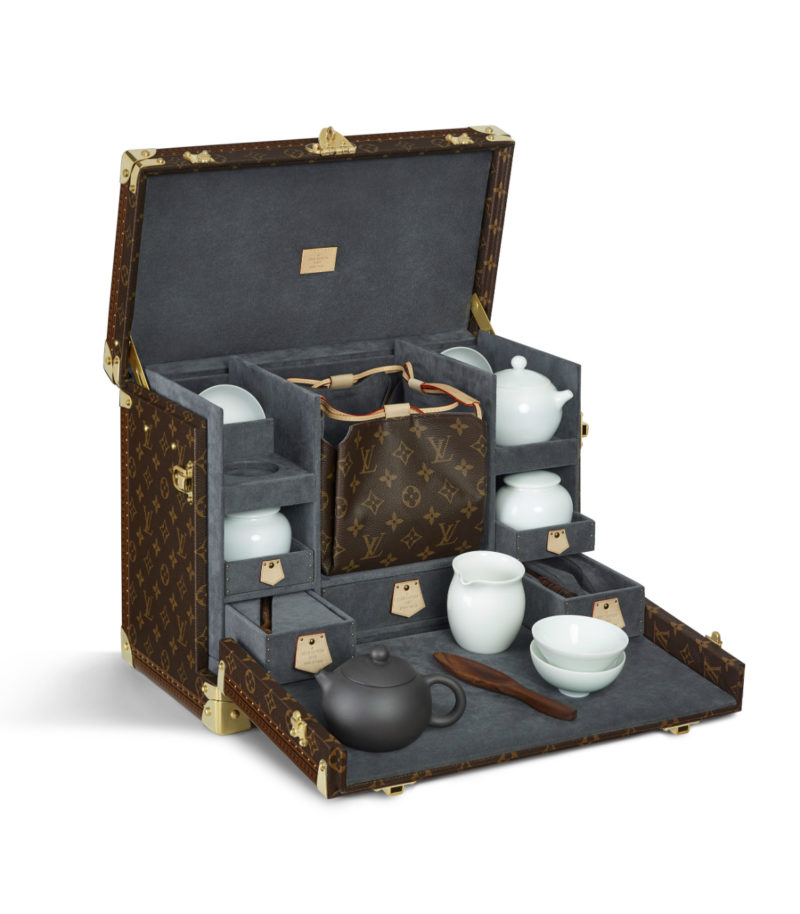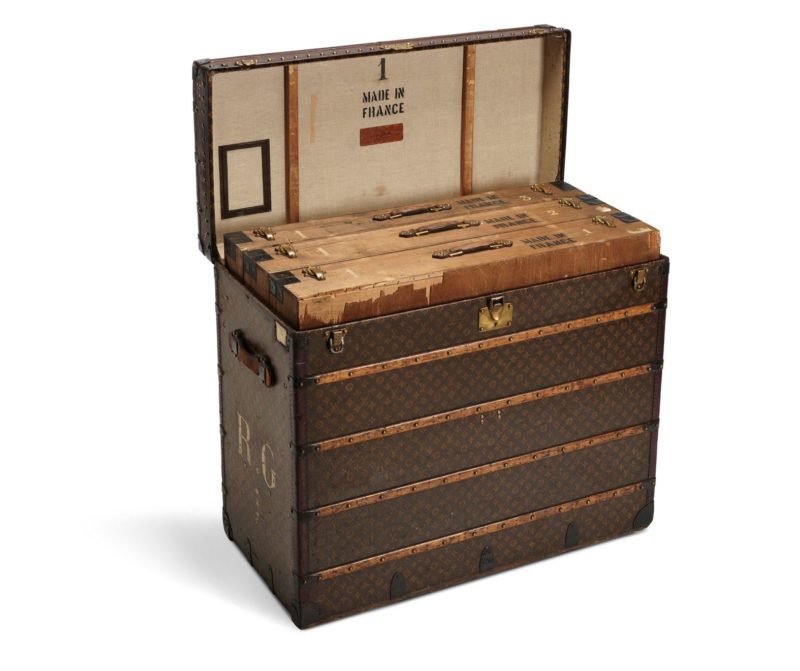No name in luggage is as glamorous as Louis Vuitton. Carrying a Louis Vuitton bag is a privileged status symbol, with a signature LV monogram which is iconic in every possible way. Dive with us into the life and history of a man who grew his brand from simple suit-case making, into one of the biggest known and leading fashion houses in the world.
From humble beginnings in the French countryside, Louis Vuitton was only thirteen years old when he made the decision that would not only change his life but leave a legendary legacy ahead of him. His heritage as a trunk master preceded the founding of the company, known as the legendary Louis Vuitton.
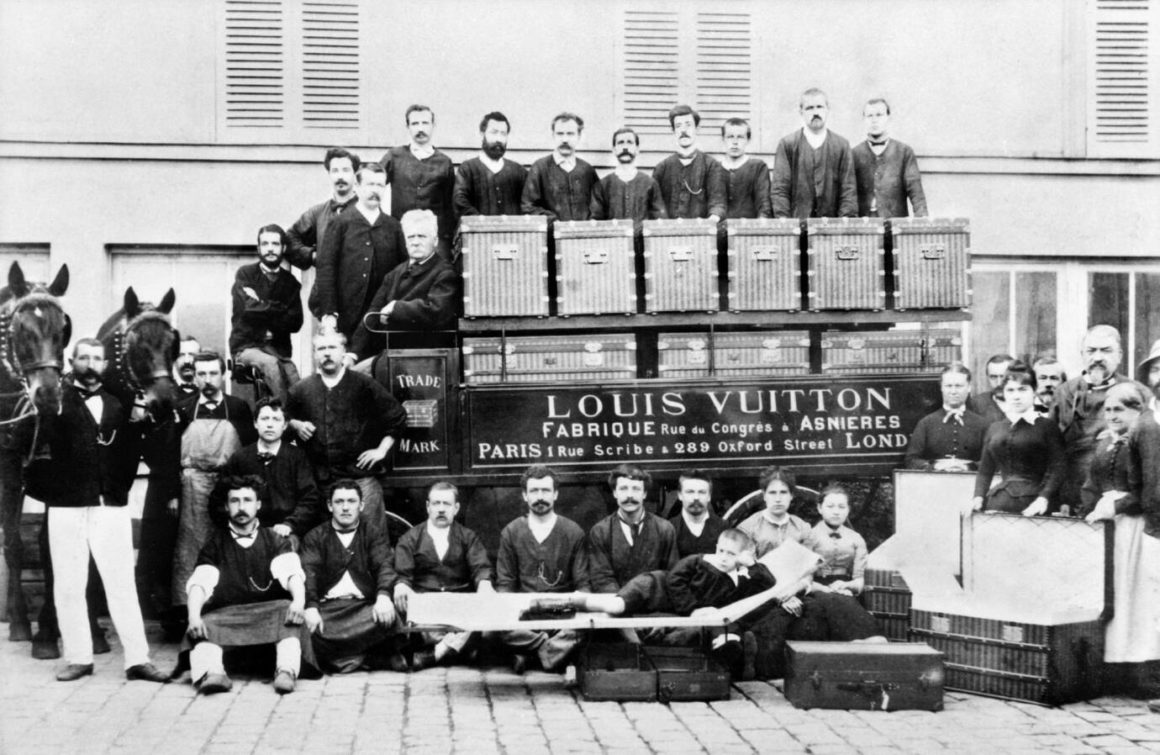
Vuitton was born on August 4, 1821 in Anchay, a small settlement in the east of France. Vuitton left home for Paris at the age of 13 years old. He arrived in Paris in 1837, and started apprenticing for a successful box maker named Monsieur Maréchal. Louis Vuitton quickly became a valued craftsman at the Parisian atelier of Monsieur Maréchal, where he stayed for 17 years before opening his own workshop at Rue Nueve-des-Capucines. It was here that he began to finally establish himself as a luggage maker. The early success of Louis Vuitton meant he had to expand his operations. This lead to the opening of his own atelier in Asniéres, in the year 1859.
He mainly focused on high-end market and was well known for his designs, and was therefore given the honor of creating special luggage for French emperor Napoleon III’s wife. This was how he found himself his elite clientele. Vuitton continued to work for several years until his death at the age of 72 in the year 1892. He left all control of the company to his son, George Vuitton.

In 1896, to honor his father, George Vuitton introduced the signature LV monogram, patterned with LV’s, quatrefoils, and flowers. This iconic monogram rose to fame among the elite clientele and was how it caught the eye of one of the most established of the fashion world, the fashion mogul; Coco Chanel, founder of the fashion power house Chanel.
Vuitton created the dome-shaped handbag, (later named Alma in 1955), specifically for Chanel. It wasn’t until 1934 that she allowed the brand to mass produce Alma for the public, which rose to prominent fame and is still in demand to this date. The modified design was redesigned to be more compact than the one made for her. Another one of the most prized possessions of Louis Vuitton – Speedy launched in 1930, was originally introduced as a small travel size, but upon a humble request from Hollywood’s film and fashion icon – Audrey Hepburn in 1960’s to custom make a mini-Speedy for her, that the collection rose to ultimate fame.
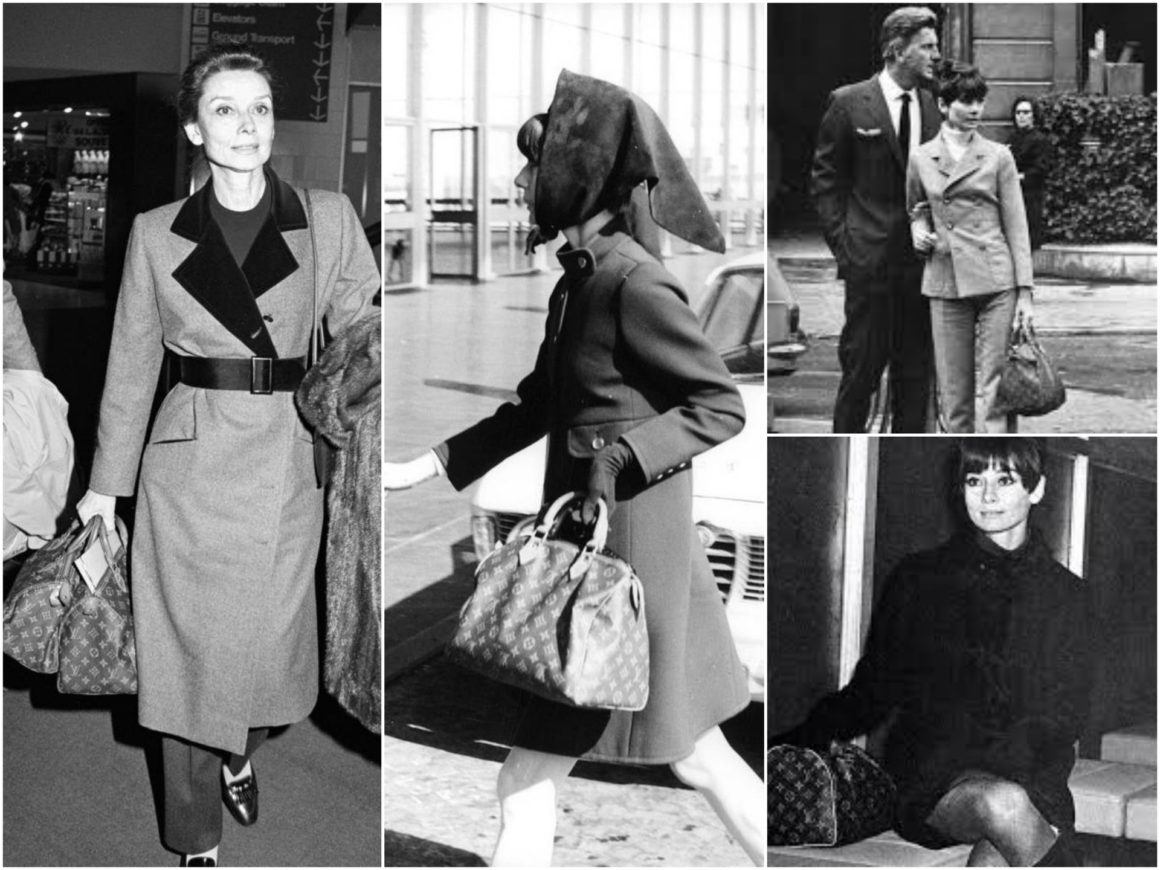
Crafted with so much precision, the brand is very collectively thoughtful of its designs, so much so that George Vuitton trademarked the LV striped pattern, making the color combination LV’s ultimate signature colors.
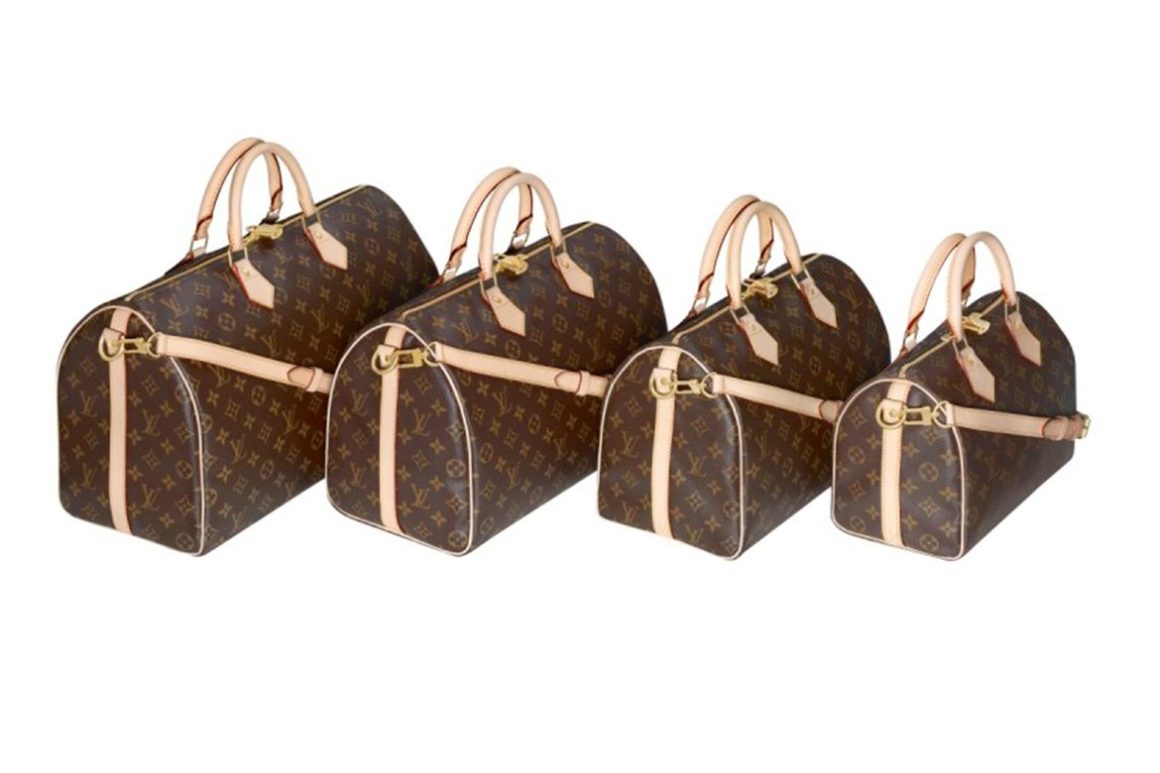
In 1939, George Vuitton passed away, which led to his son Gaston-Louis Vuitton to run the house. Gaston began incorporating leather into its products, which ranged from small purses and wallets to larger pieces of luggage, and rebuilt their signature monogram canvas which was later used on the famous Papillion in 1966.
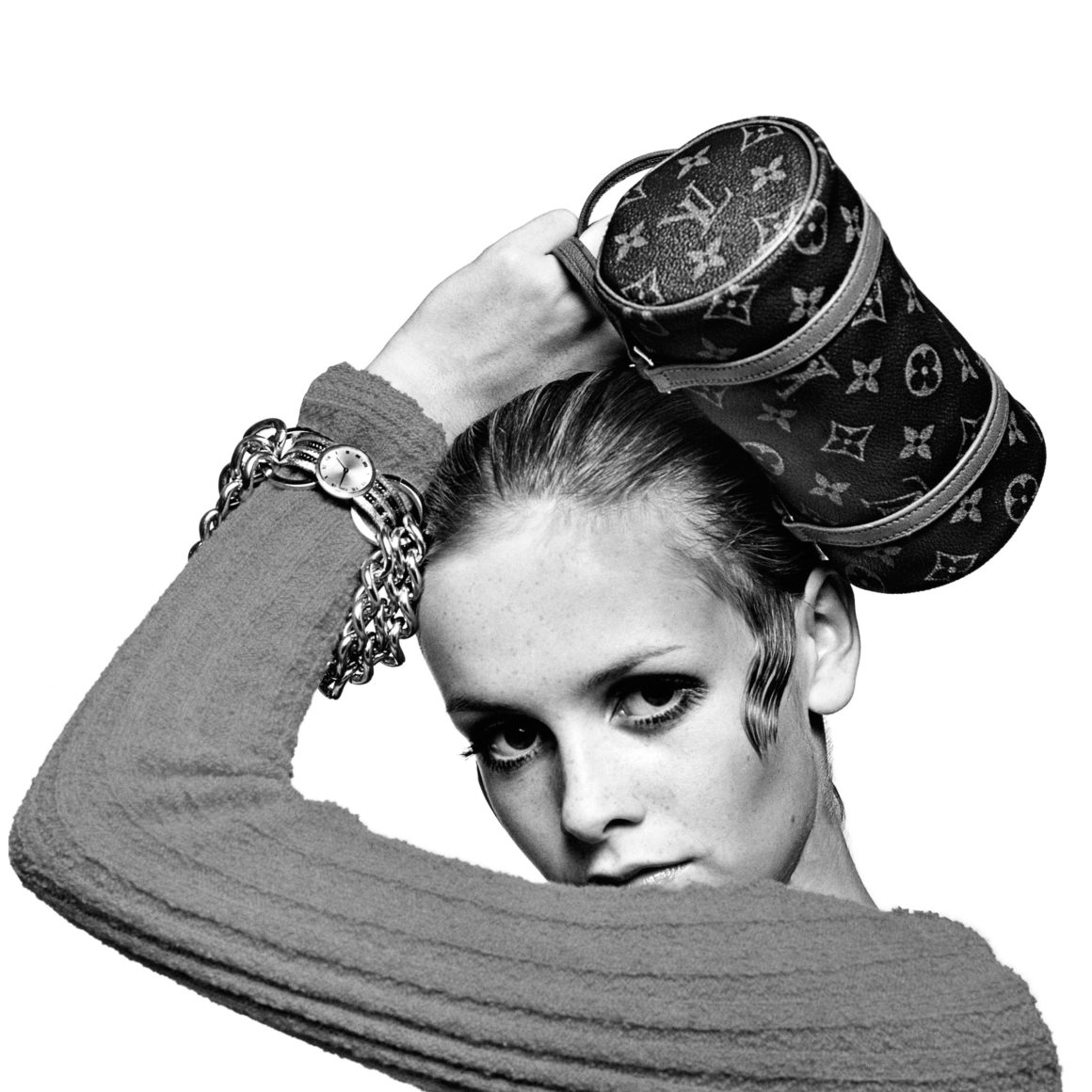
His 50 year tenure ended when he passed away in 1970, leaving his son-in-law, Henry Racamier to take over the company’s management. Henry expressed the need to expand and pushed to open retail locations around the world, and in 1978, the label opened its first few international stores in Japan: in Tokyo and Osaka. Louis Vuitton later expanded its brand across Asia with its opening of a store in Taiwan and South Korea.
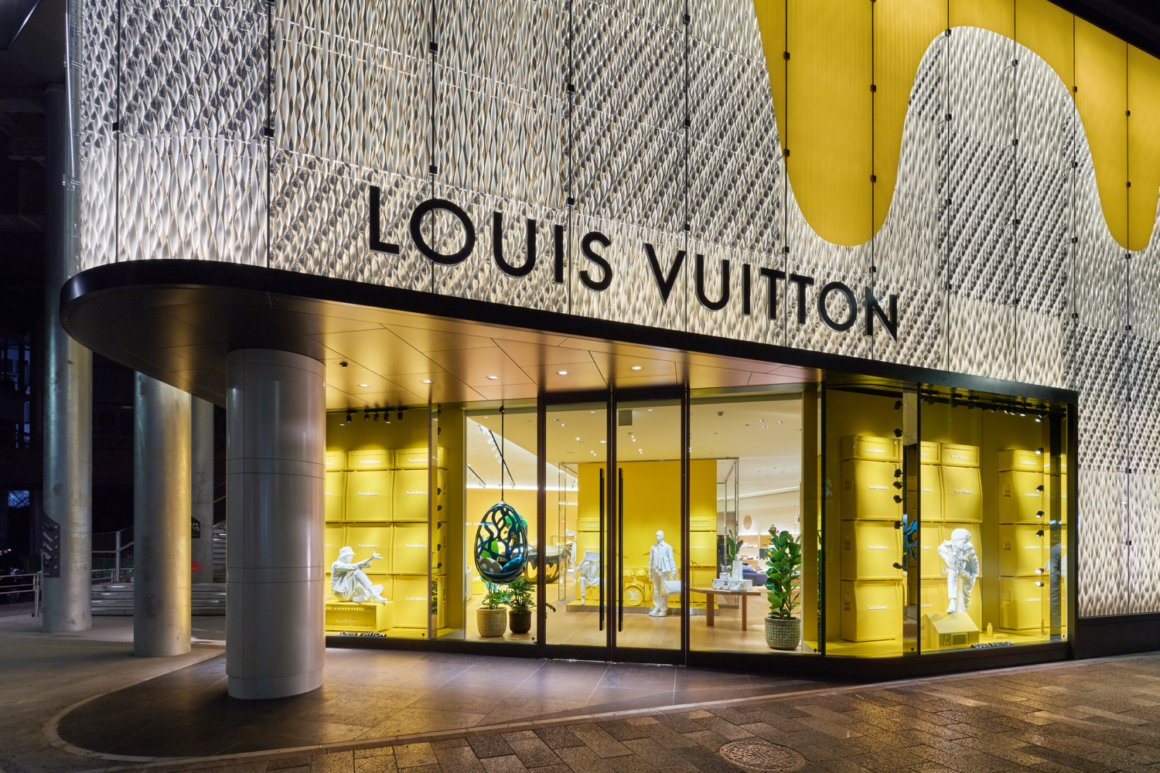
In 1987 the LVMH conglomerate was created with the leading manufactures of champagne and cognac, Moët et Chandon and Hennessy. This was one of the most significant events in the history of the company and a power move for the house. This collaboration profited LV so extensively that by 1989, Louis Vuitton had successfully established 130 stores worldwide.

In the year 1997, Louis Vuitton appointed Marc Jacobs as its creative director. The following year, Marc Jacobs designed and introduced the brand’s first ready to wear line called “prêt-à-porter” for men and women, and introduced the Monogram Vernis line of handbags, which marked the last events of the 20th century for Louis Vuitton.
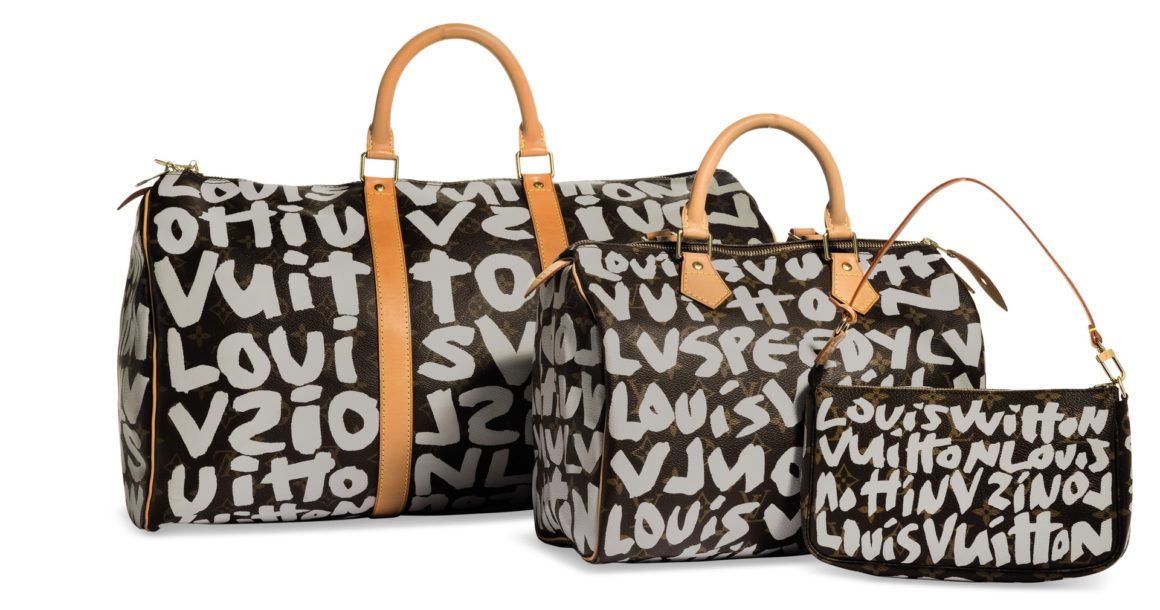
Jacobs introduced new collaborations throughout his career with LV. Takashi Murakami’s work in 2004 and 2005 gave birth to the multi-colored logos on a white background that became a cultural phenomenon. Stephan Sprouse’s collection with Jacobs in 2001, had the neon graffiti inspired written over the classic monogram canvas which to this day, is one of the most sought after collections among LV collectors.
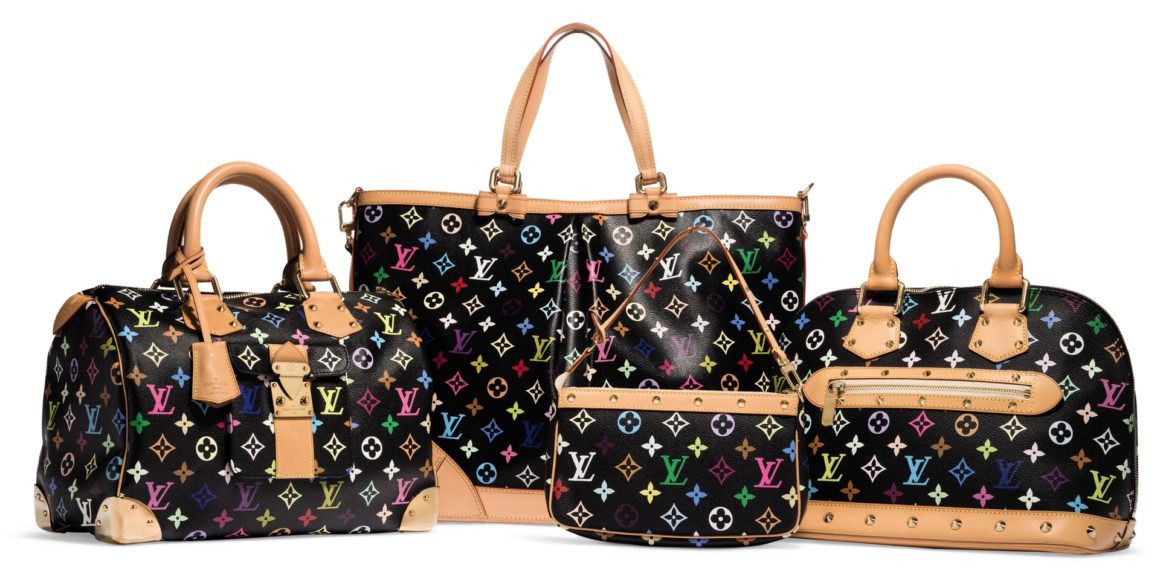
As Louis Vuitton continued to mount, the brand introduced the classic monogram canvas with a fully lined striped interior with a side pocket and vachetta trim, the Neverfull, in its most classic style and one of the most recognized handbags in the world. As a symbolic farewell, one of Marc Jacobs’ last works was the Pochette Metis in January of 2013. Inspired by the Monceau Briefcase, the nifty handbag followed to become one of the brand’s most popular pieces.
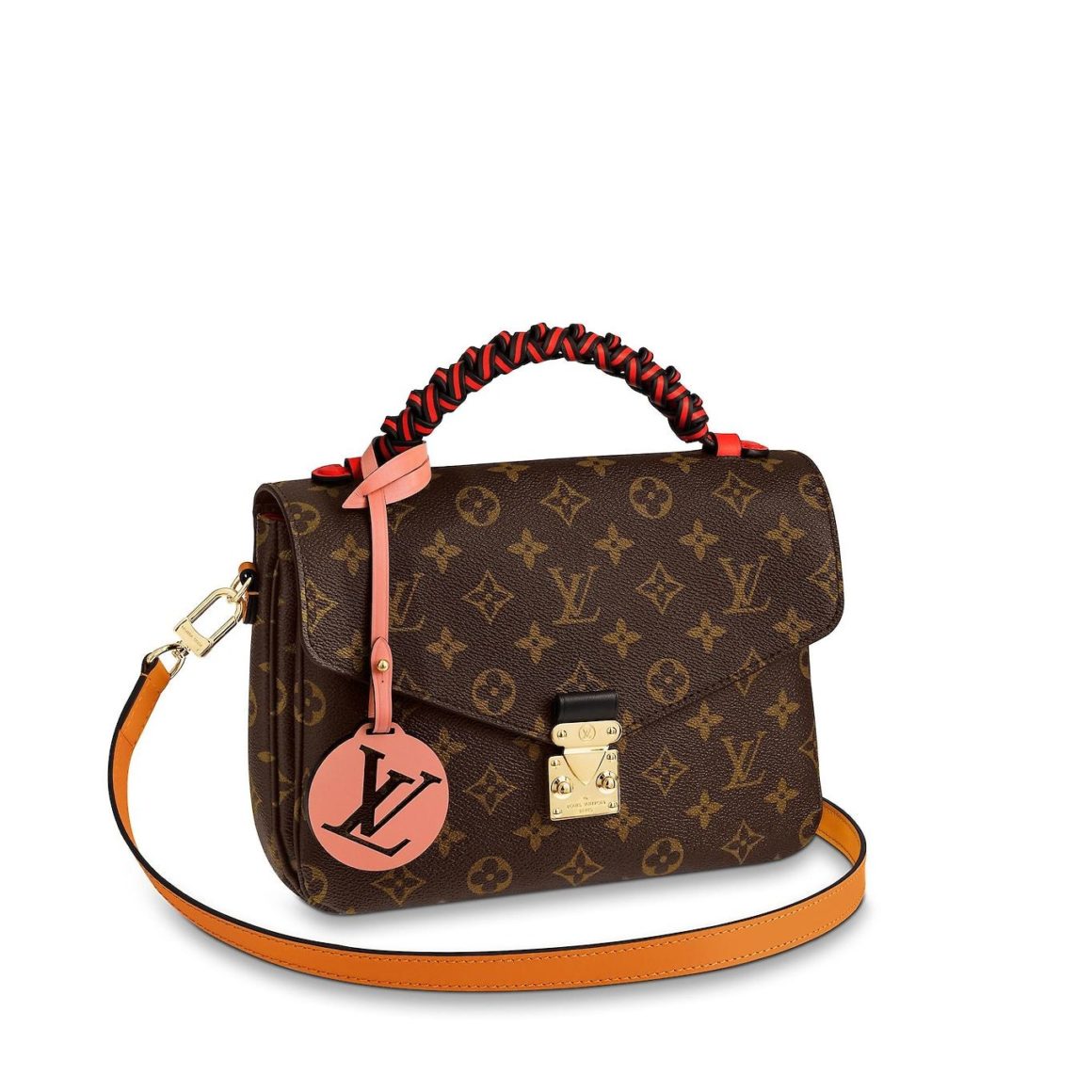
In October 2013, during Paris Fashion Week, Marc Jacobs announced his departure and was later adapted by the French wunderkind Nicolas Ghesquière, who was appointed as the new artistic director for women’s fashion. Louis Vuitton’s product line of handbags continued to grow under his influence and work, with many limited editions being produced each year, while Ghesquière continued to wow the masses with his innovative yet retro-futuristic manifesto.

Louis Vuitton appointed another creative genius as the men’s creative director Virgil Abloh, in 2018, who created a hysteria in the masses with his stunning menswear alongside his popular brand Off-White. As per 2020, Louis Vuitton has 4,915 stores in operation worldwide.
With these two men paving the way for the powerhouse, the future is ever so bright and it seems that there are set no limits for the brand’s success. While everyone knows exactly what a Vuitton bag looks like, we are ever certain that the brand will only grow further, continuing to define pure luxury and creativity for years to come.
Read more FASHION articles HERE
